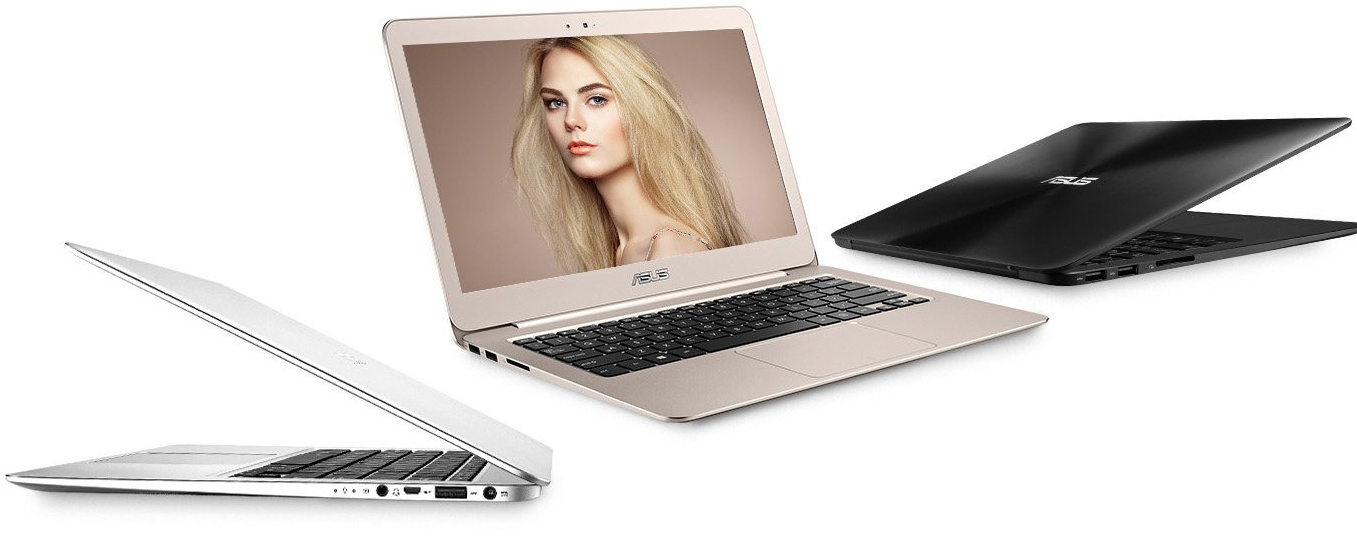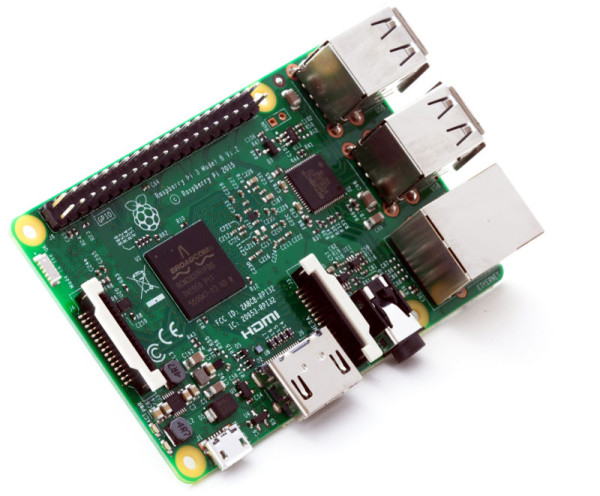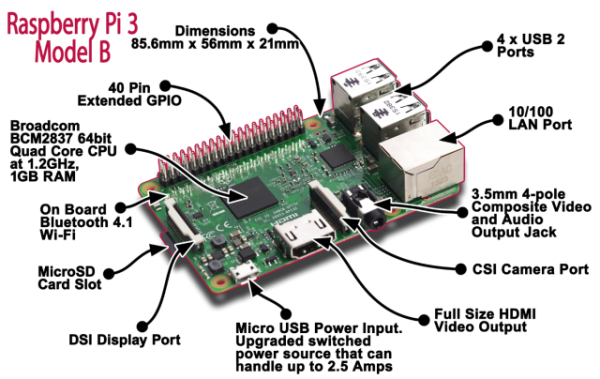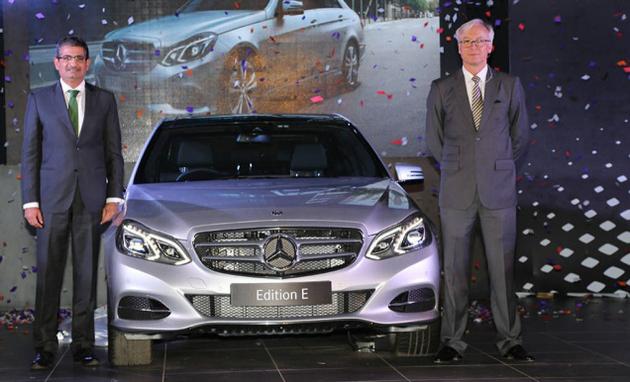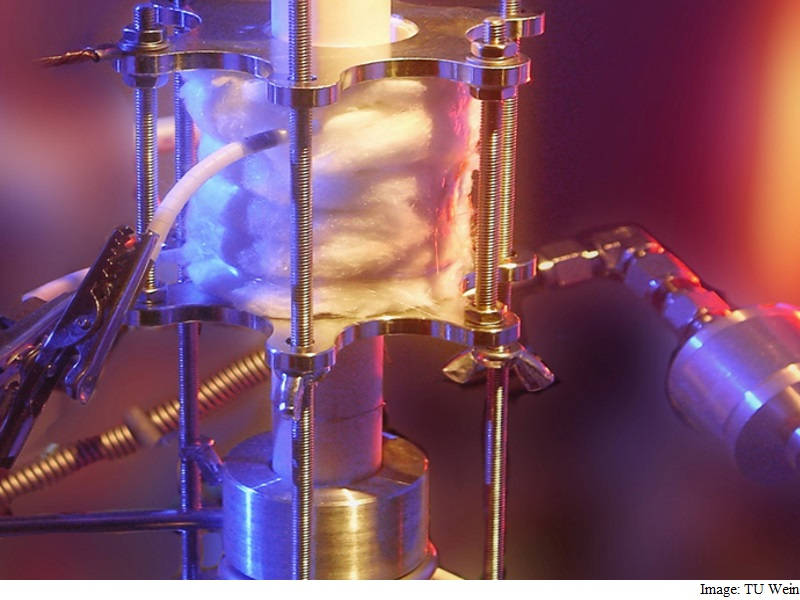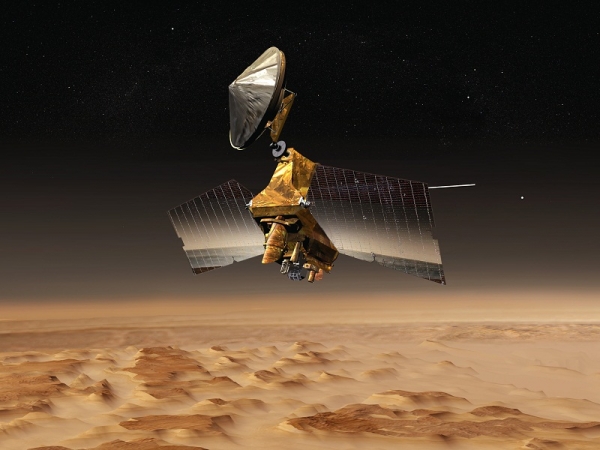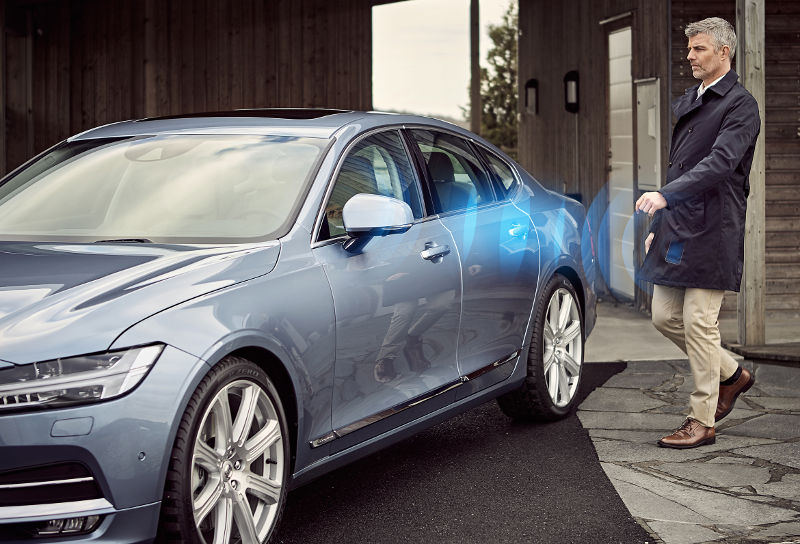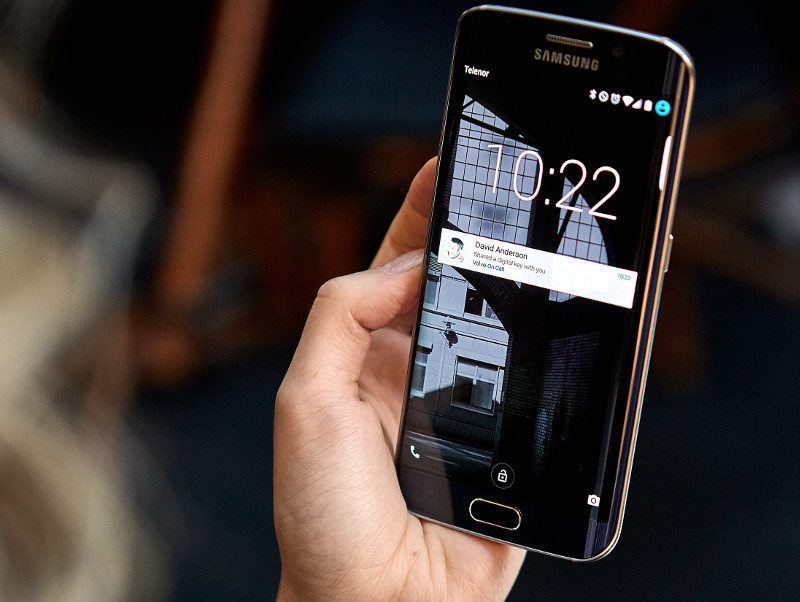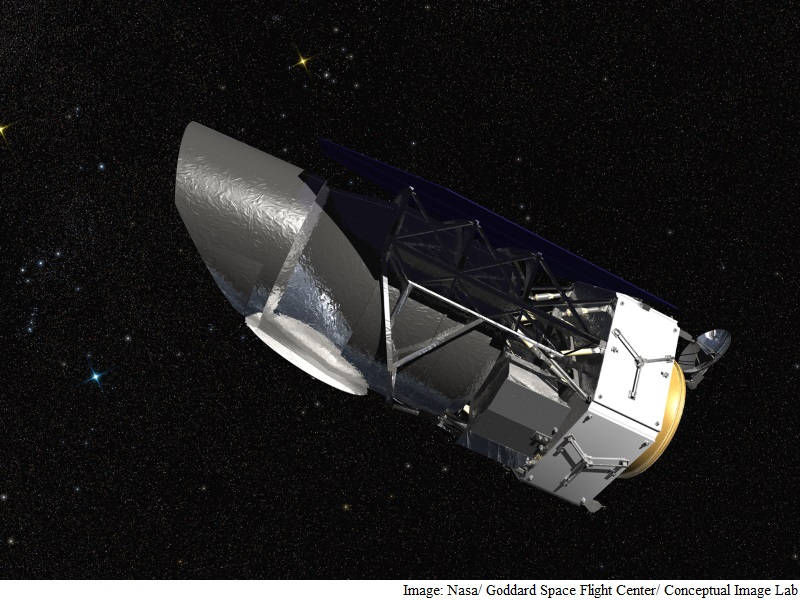Taiwanese firm, Asus, has launched three flagship laptops in its ZenBook series – the UX305CA, UX303UB and UX305UA in India.
All three laptops come in Smoky Brown and Icicle Gold color variants with metal finish. They also have a very slim chassis, which measures just 0.7 inches.
The notebooks will be available for purchase starting Friday, March 4 from Asus Exclusive Stores and online retailers.
The Asus ZenBook UX303UB is an ultra-portable notebook. It sports a 13.3-inch LED backlit full-HD display (1920×1080 pixels) and a viewing angle of 170 degrees.
The laptop is powered by an Intel Core i5-6200U SoC clocked at 2.3GHz. This is further coupled with discrete Nvidia GeForce 940M and Intel HD Graphics GPU (2GB) chips.
There’s also a whooping 8GB of RAM (4GB built-in and 4GB DRAM DDR3L chip) on the laptop.
The Asus ZenBook UX303UB comes with a 1TB SATA hard drive, an HD Web camera. It has support for 802.11ac+Bluetooth 4.0 (dual band), three USB 3.0 ports, one Mini Display port, one HDMI 1.4 port for external video display, and a 50WHr battery. Its price starts at Rs. 71,490 (that’s about 216,000 Naira).
The Asus ZenBook UX305CA also sport the same screen features as the UX303UB. It is however powered by an Intel Core m3-6y30 SoC that can clock up to 2.2GHz.
This is further coupled with Intel Graphics 515 and 8GB of RAM (4GB on-board memory and 4GB system memory, according to Asus).
The rest of its features are same with the UX303UB save for a 44Whr battery, and a 256GB SSD. Its price starts at Rs. 55,490 (that’s around 168,000 Naira).
The Asus ZenBook UX305UA on the other hand is powered by an Intel Core i7-6500U SoC which is clocked at 2.5GHz. Added to this are Intel HD Graphics 520 and 8GB of DDR3 RAM. It also sports a 512GB SSD, 56Whr battery, two USB 3.0 ports, and one USB 2.0 port.
The rest of its specs are same with the UX305 CA. The notebook has a price tag of Rs. 74,190 (that’s around 225,000 Naira).
Commenting on the launch, Region Head – South Asia & India Country Manager of Asus, Peter Chang, said the the firm aims to deliver premium products at affordable prices.
“The Indian consumers are increasingly moving towards Ultrabooks and the featherweight ZenBook UX303UB is a real performer that redefines ultraportable segment with its svelte design. The UX303 not only offers a 360 degree ultra-fast computing experience, but also battery life that goes up to 7 hours on a single charge. Ultrabooks are made for users’ on-the-go and the UX303UB is a perfect device that gets that job done and will never slow the user down. With this, we want to make sure that we deliver the same premium computing experience with the performance they need, at a more affordable price point,” he said.

